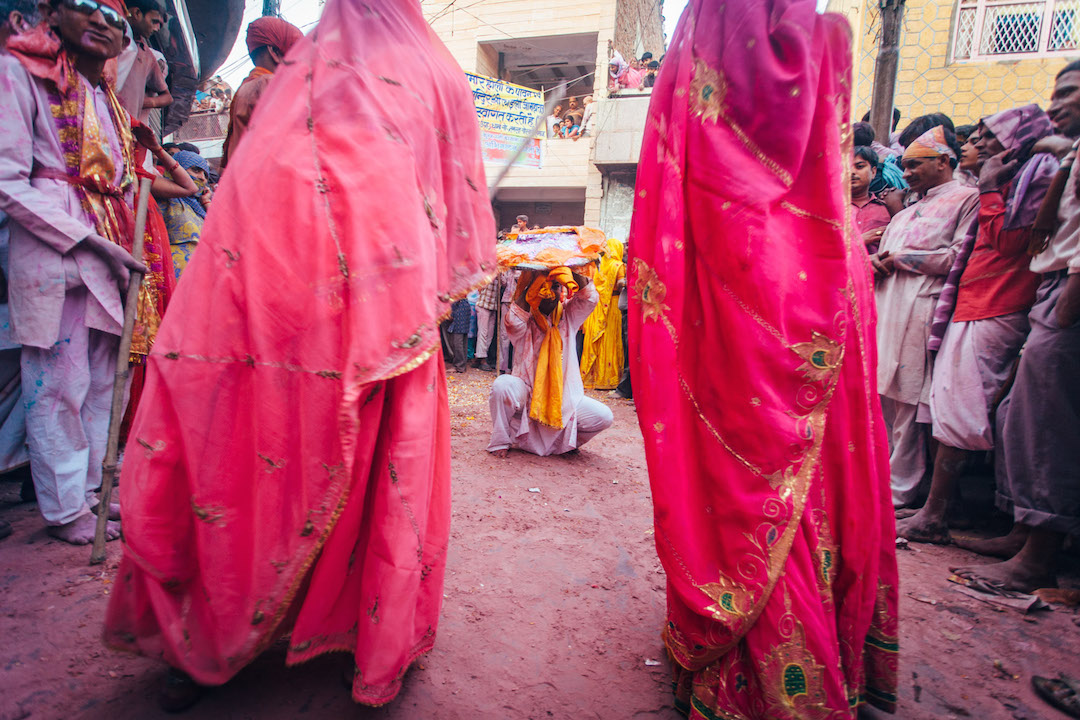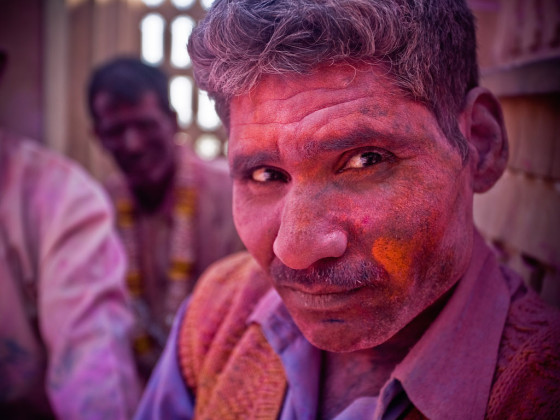IN A VIOLENCE OF COLOR, Lathmar Holi is a particular Holi celebration with a pretty unique twist: as part of the celebration, the women chase — and beat — the men with long sticks.
Check out these images by Matador’s Creative Director, Scott Sporleder, who had a chance to visit, and discover the history and stories behind Lathmar, a few years back.
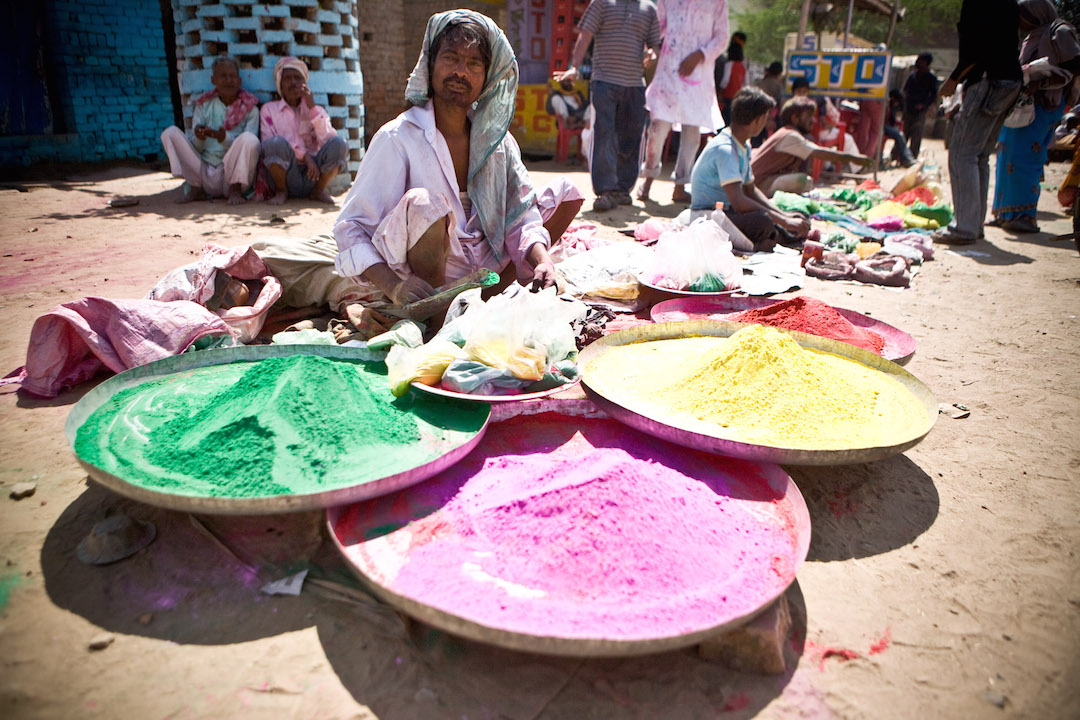

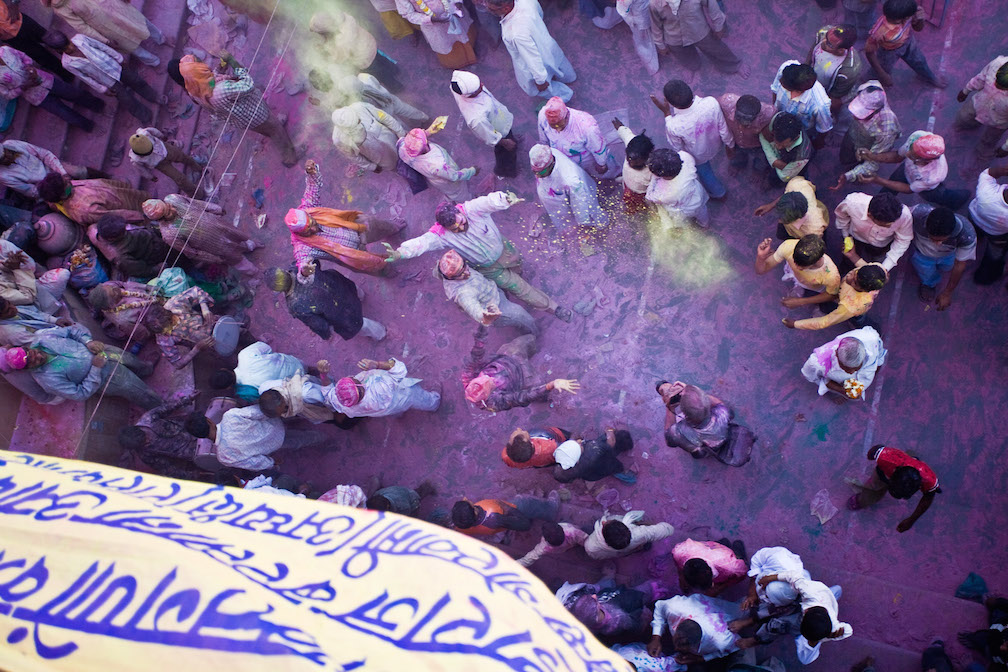
Intermission
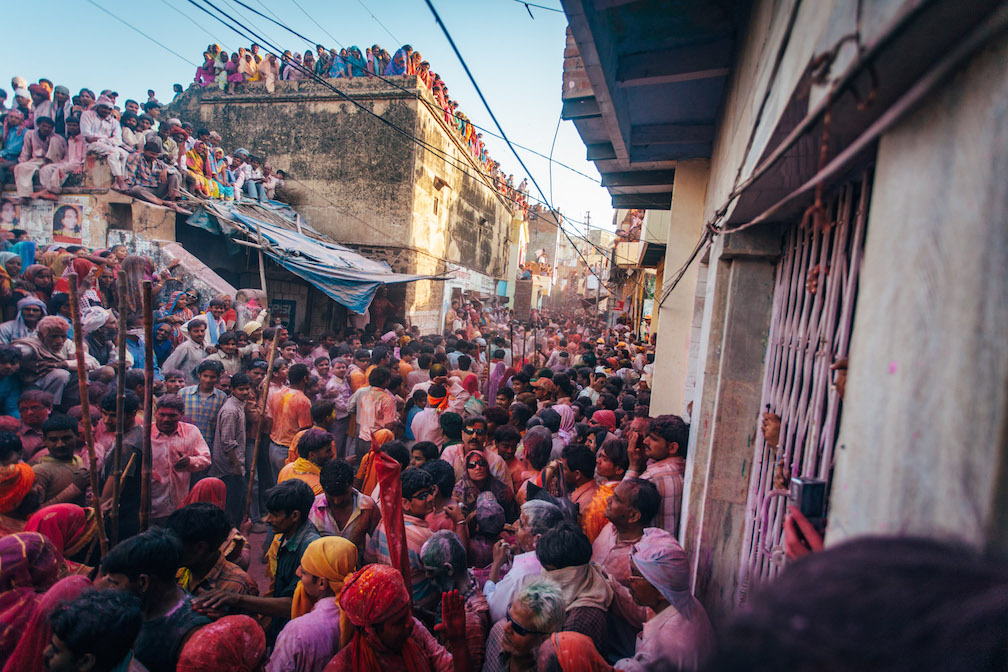
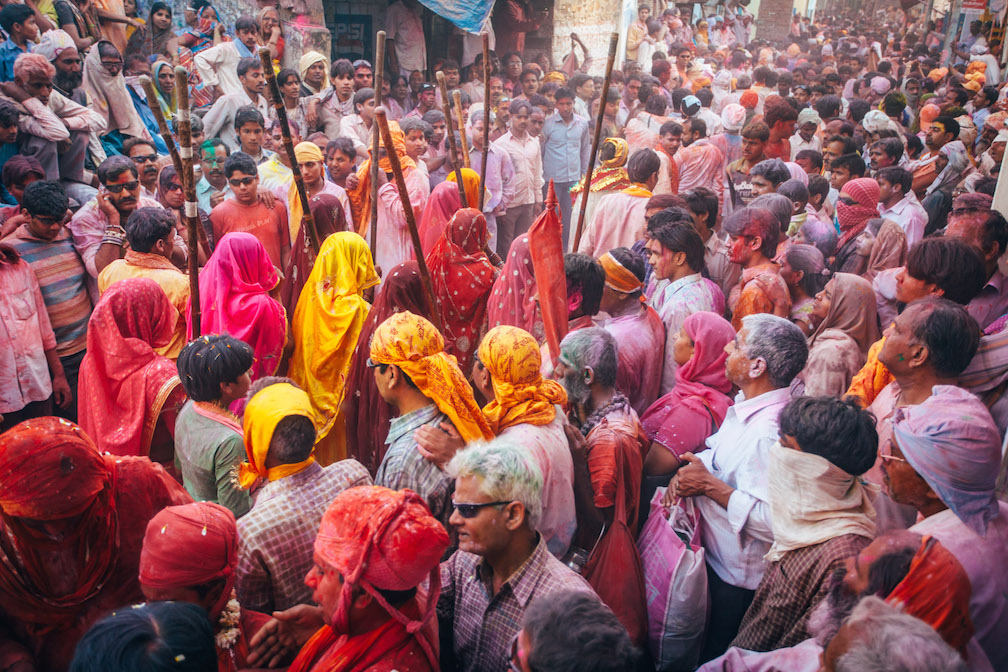

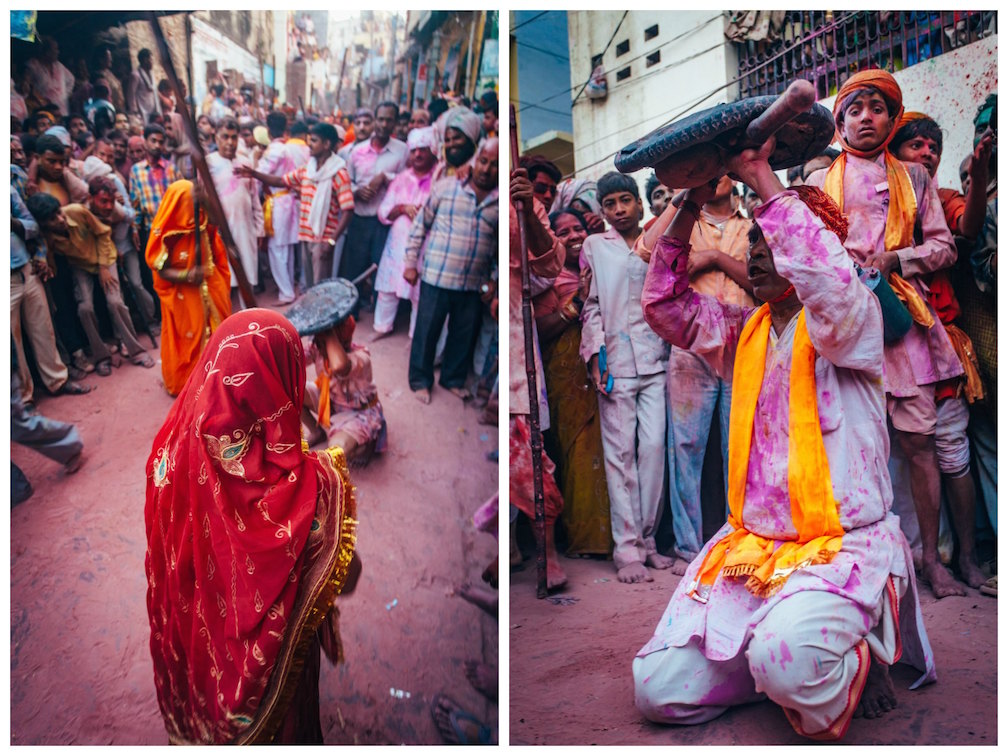
Intermission
